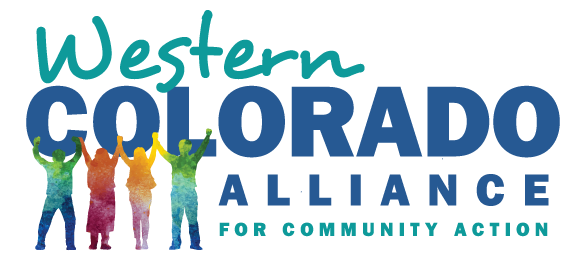- An Alliance For Community Action
- (970) 256-7650
- info@WesternColoradoAlliance.org
WCC searches for middle ground on spruce & aspen plan
WCC searches for middle ground on spruce & aspen plan
 This July, members of WCC’s Public Lands Committee burned the midnight oil reading through a 700-page Forest Service plan for how to manage spruce beetle and aspen decline on the Grand Mesa, Uncompahgre and Gunnison (GMUG) National Forest. After tracking this project for two years, spending hours at stakeholder meetings and on field trips into the forest, we submitted our final comments on the plan on July 31.
This July, members of WCC’s Public Lands Committee burned the midnight oil reading through a 700-page Forest Service plan for how to manage spruce beetle and aspen decline on the Grand Mesa, Uncompahgre and Gunnison (GMUG) National Forest. After tracking this project for two years, spending hours at stakeholder meetings and on field trips into the forest, we submitted our final comments on the plan on July 31.
The plan, known as the Spruce Beetle Epidemic and Aspen Decline Management Response (SBEADMR), proposes to treat up to 120,000 acres of spruce and aspen forest over a period of 8-12 years through a combination of commercial logging and non-commercial, non-mechanical treatments such as prescribed fire. It’s a large-scale and far-reaching plan that will impact many resources on the forest, ranging from wildlife habitat to soils and watershed quality to new road construction.
SBEADMR has caused quite a stir in the conservation community, with organizations lining up across the spectrum to oppose different aspects of the plan. We at WCC have been in close conversation with our allies about their concerns, and we share many of them. However, we chose to submit our own comments based on our unique history with the GMUG National Forest.
Since our big battles with the Forest Service in the 1980s, WCC has worked with the agency and other stakeholders collaboratively to resolve our differences. The success of this approach is reflected in our award-winning work together on the Uncompahgre Plateau Restoration project. This 10-year collaborative experience has served as our guide throughout the SBEADMR proposal.
To be clear, WCC understands that the spruce-beetle epidemic has caused drastic changes to our forests. We recognize that thousands of acres of dead trees pose a hazard to people who live and recreate near them, and need to be dealt with. We don’t oppose logging and we understand the role the Montrose timber mill plays in our regional economy.
As such, our comments seek to find a middle ground on this plan – holding it to the highest standards possible while focusing the treatments on forest health objectives and public safety priorities.
Specifically, we ask the Forest Service to:
- Keep the size and scope of the project reasonable, prioritizing treatments for forest health and public safety.
- Limit treatments in areas where spruce and aspen are naturally regenerating, letting the future forest regrow on its own.
- Avoid or mitigate to the highest degree possible treatments in or near habitat used by Canada lynx and other sensitive species, such as the Western purple martin and flammulated owl.
- Use existing roads wherever possible, and ensure that any new roads are temporary and will be completely removed from the landscape after treatment.
- Ensure a robust and accountable collaborative process with a diverse group of stakeholders to monitor implementation through the life of the project.
From the start of this project, the Forest Service has proposed a hybrid collaborative model of “adaptive management” to guide the implementation of SBEADMR. After two years of in-depth study, we believe the key to this project’s success is a transparent and strong collaborative model. WCC has volunteered to work with other stakeholders to develop this collaborative process, and looks forward to inviting more members to participate in this project as it unfolds.
Together we can work to protect our future forests. For more information, contact Emily@westerncoloradoalliance.org.

